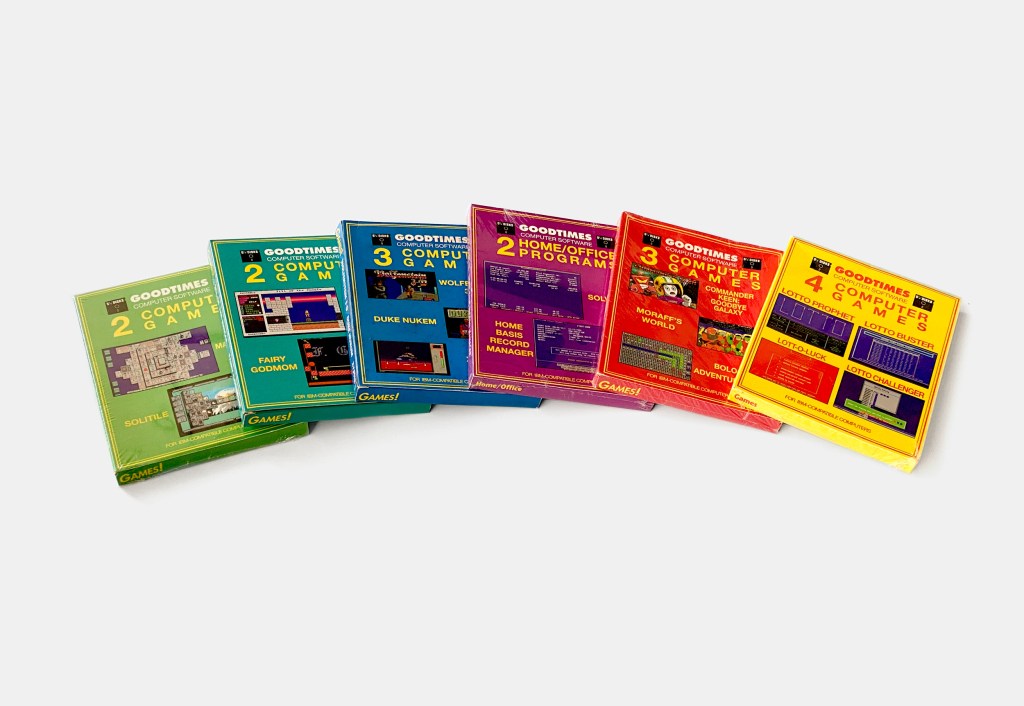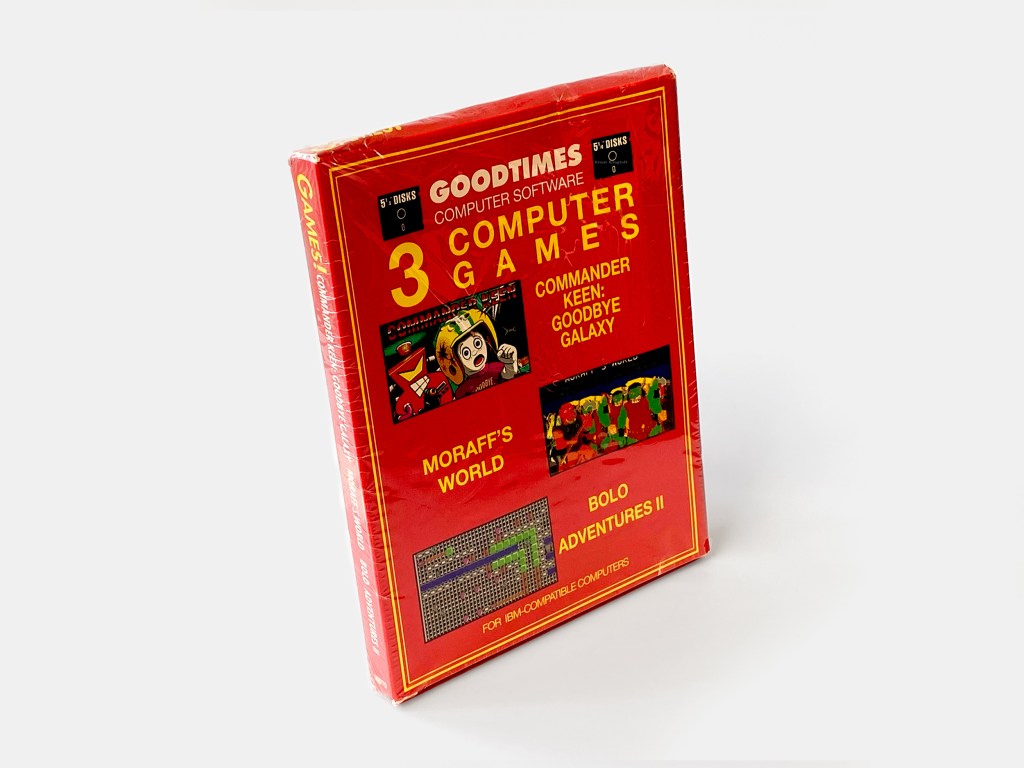I have been wanting to do an article on GT Interactive Software and its many significantly published titles for quite some time. Titles like Wolfenstein 3D, Doom, and Quake all came to define PC gaming in the ’90s and made everybody aware of GT Interactive as a major player in the game publishing business. But before touching on titles published by GT Interactive Software label, I thought I would start with the first shareware titles released when the company was releasing shareware under its GoodTimes Software label in early 1993.
The story of GT Interactive Software is essentially the story of three decades of media and entertainment. In 1974 brothers Kenneth, Joseph, and Stanley Cayre had established their own record label, Salsoul Records, in New York City tapping into the popular disco movement. A decade later, in 1984, when the funky ’70s had turned into the glamorous ’80s, and when VHS and Betamax machines ruled in home entertainment, the three Brothers establishes GoodTimes Home Video. A home video company dedicated primarily to distributing media from well-established companies like Columbia Pictures, Orion Home Video, Universal Pictures, and Paramount Pictures to release inexpensive tapes of many of their films and TV series. In addition, GoodTimes released film trailers, classic television programs, and newsreels.
By the early ’90s, the home entertainment landscape was changing again now with computers and video games becoming an ever-increasing financial incentive. The brothers urge to cater for this explosive market and in February of 1993 establishes GT Interactive Software Corporation, a new publishing subsidiary of GoodTimes Home Video, focusing on software products. The same year Goodtimes Software, a publishing label of GT Interactive publishes its first shareware titles.
While shareware was nothing new and had been around in some form or shape ever since the mid-’80s. Prior to the popularity of the World Wide Web and widespread Internet access, shareware was often the only economical way for small independent software authors to get their products onto people’s computers. The few with Internet or BBS access could download the software and distribute it amongst friends and colleagues, who would then be encouraged to send in a registration fee to the author, typically by postal mail, to obtain the full product. During the late 1980s and early 1990s, shareware software was widely distributed over online services, BBS’s and by companies like GoodTimes. Since only a few had online access and with excessive communication rates it was sometimes cheaper going to the store and paying for a physical shareware release, even though it’s a bit counterintuitive paying for something that’s supposed to be free.
At the time a myriad of different publishers would jump the shareware wagon often resulting in awkward physical shareware releases with appalling artwork, misspelled titles, wrong screenshots, and whatnot. With two decades of experience in distributing records and VHS tapes, GoodTimes knew all there was to know about physical product manufacturing and marketing, supply chains, and end-consumer needs and habits and would go on to release some of the best-looking and most professional physical shareware releases of the time. The use of the shareware business model would revolutionize the software industry and how software was distributed. The method worked well especially with games, with developers splitting their games into episodes, with a shareware release containing the first and with the rest being available for a registration fee.
A lineup of GoodTimes Software’s 1993 shareware products, each product including 2 or more shareware titles. These could be purchased for a small price and gave customers an opportunity to try a wide variety of different games and software before paying for a full product
Some of the times’ most popular and genre-defining IBM/PC games were using the shareware business model and became hugely successful in this fashion. Early ’90s titles like id Software’s Commander Keen, Wolfenstein 3D, and Doom, Apogee’s Duke Nukem (Nukum), and Epic Megagames took off on launch-control and showed how the model benefitted both the developers and the publishers. In the first year alone, GT Interactive’s revenue reached over $10 million, an exceptional feat at the time. Besides taking advantage of the shareware model, GT Interactive, as the first publisher, allowed the developers to retain their intellectual properties, an important thing for small developers and studios alike.
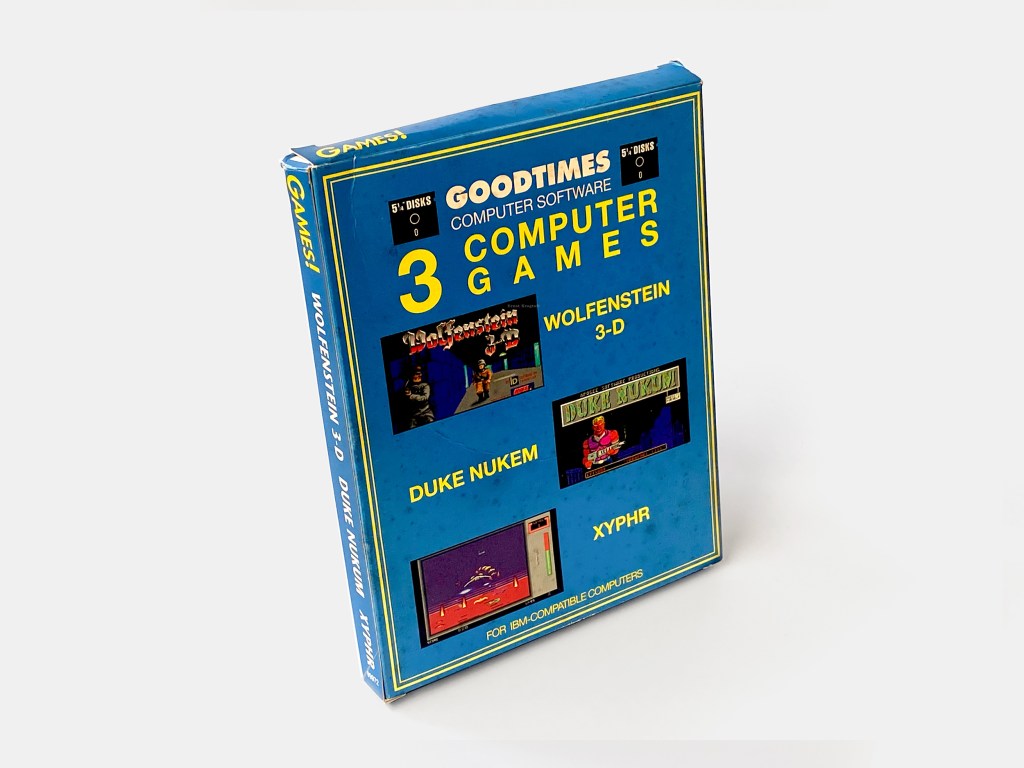
Some of the titles would become hugely successful, define hallmark PC gaming in the ’90s and launch companies like id Software into the stratosphere.
In 1994 things really took off with revenue surpassing $100 million and with the publishing of id Software’s Doom II: Hell on Earth, in the autumn, a title that would go on to sell more than 2 million copies.
In the latter part of the ’90s, GT Interactive would continue to publish titles that would define PC gaming with titles like Quake, Driver, and Unreal.
The company was acquired by French publisher Infogrames in 1999 and renamed Infogrames, Inc. As part of Infogrames company rebranding in 2003, Infogrames, Inc. became known as Atari, Inc.
I’ll cover the major part of the most important and successful titles published by GT Interactive Software in a future article (Commander Keen, Wolfenstein 3D, Duke Nukem, Doom….)
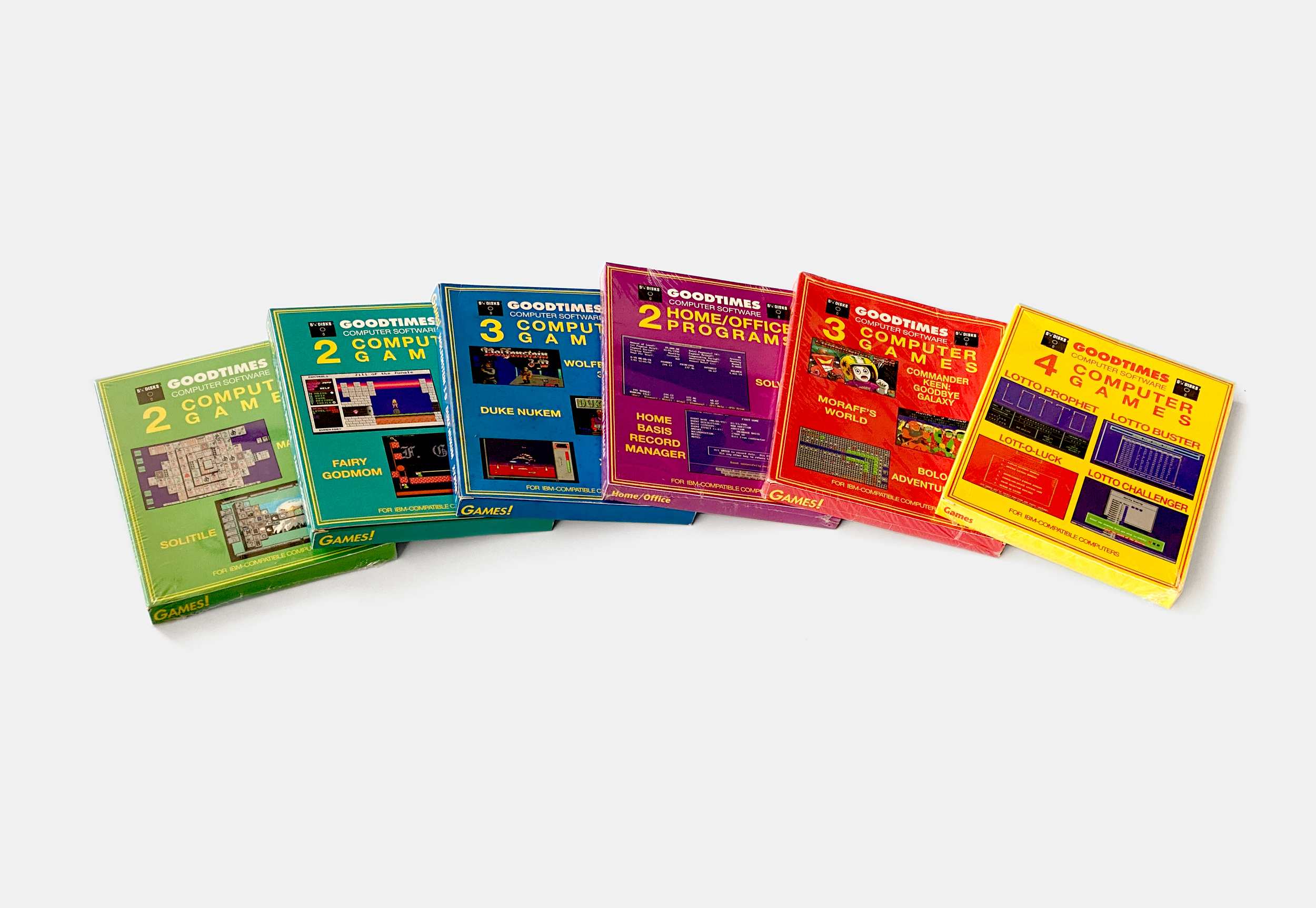
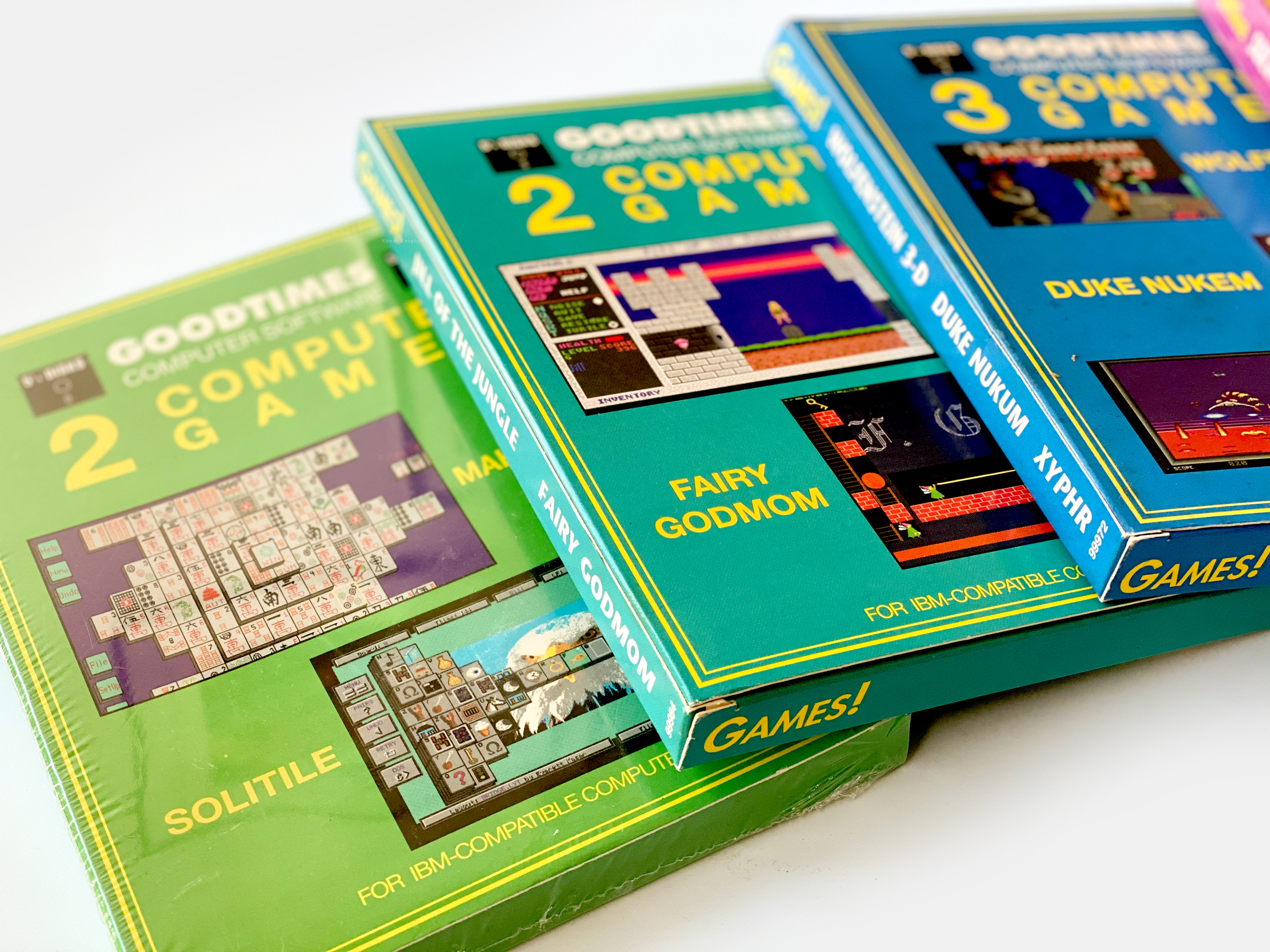
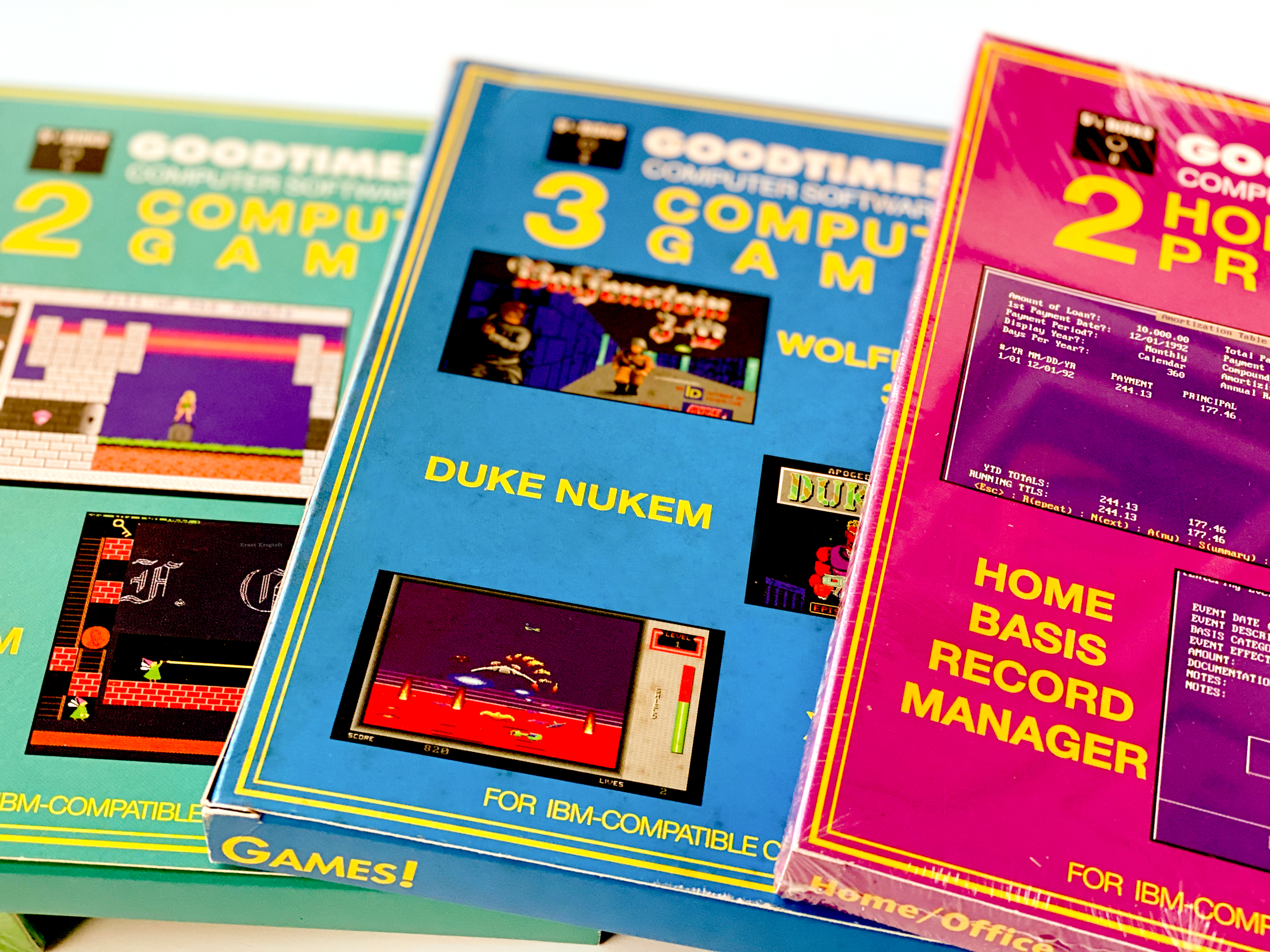
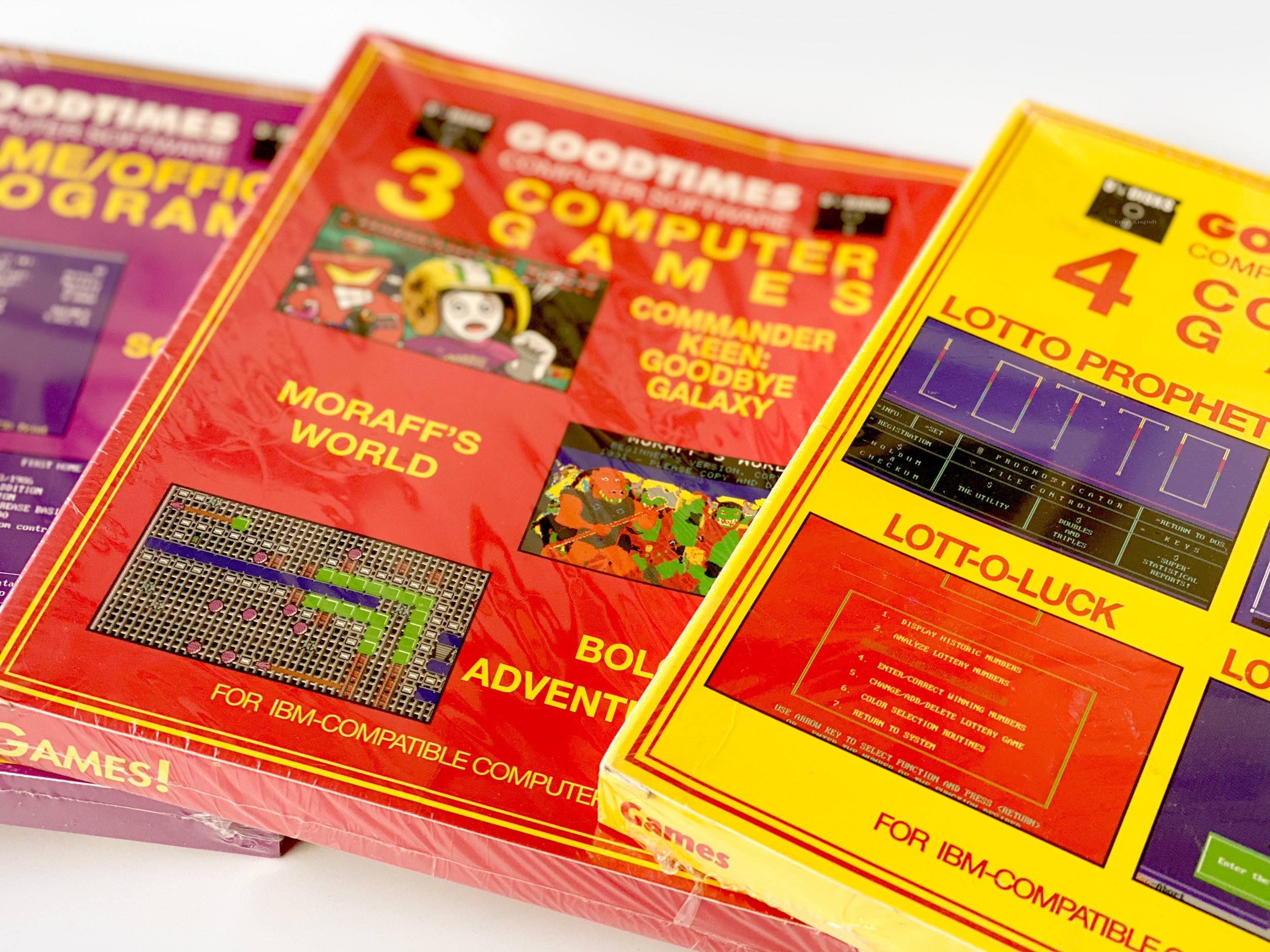

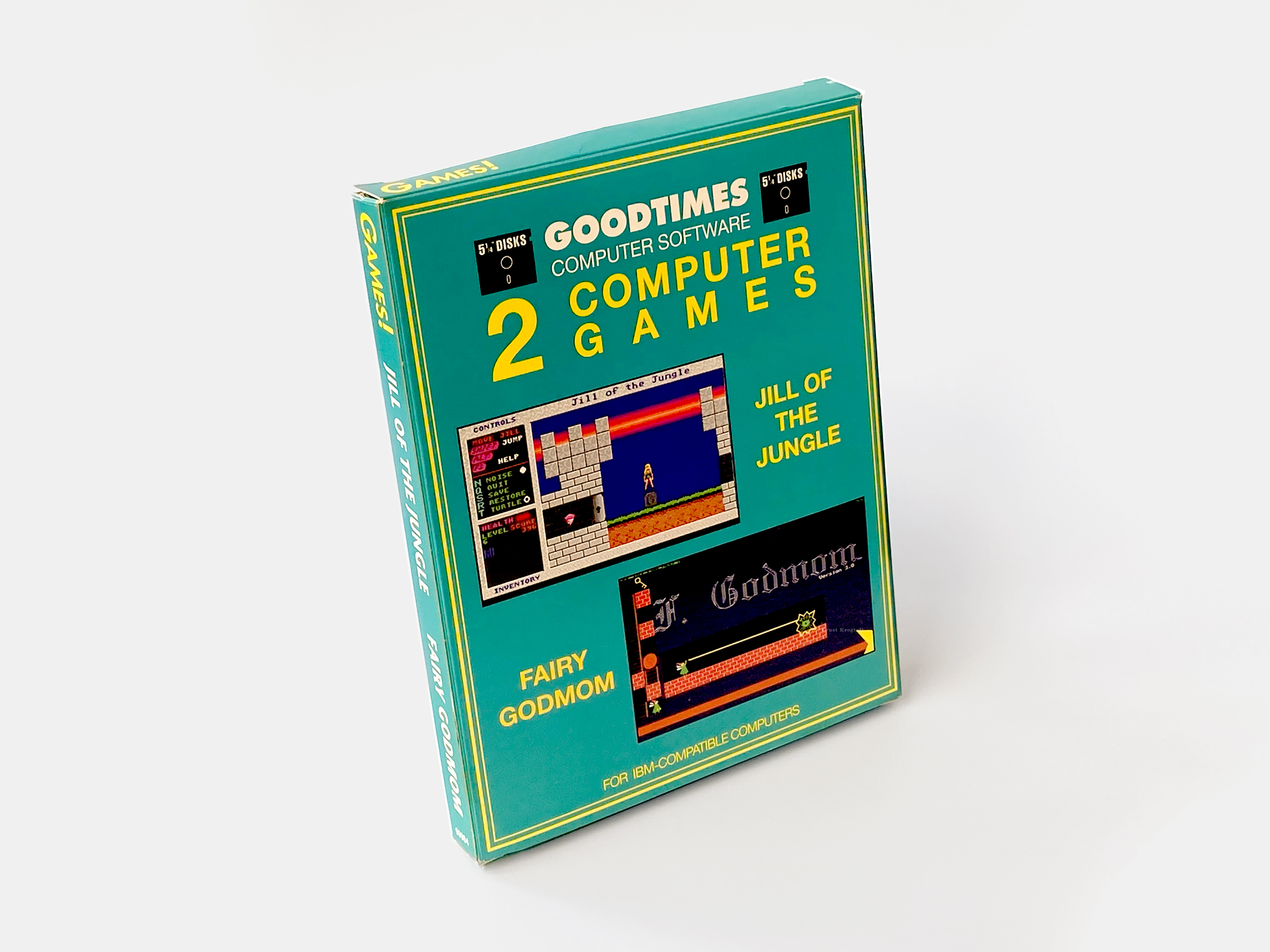
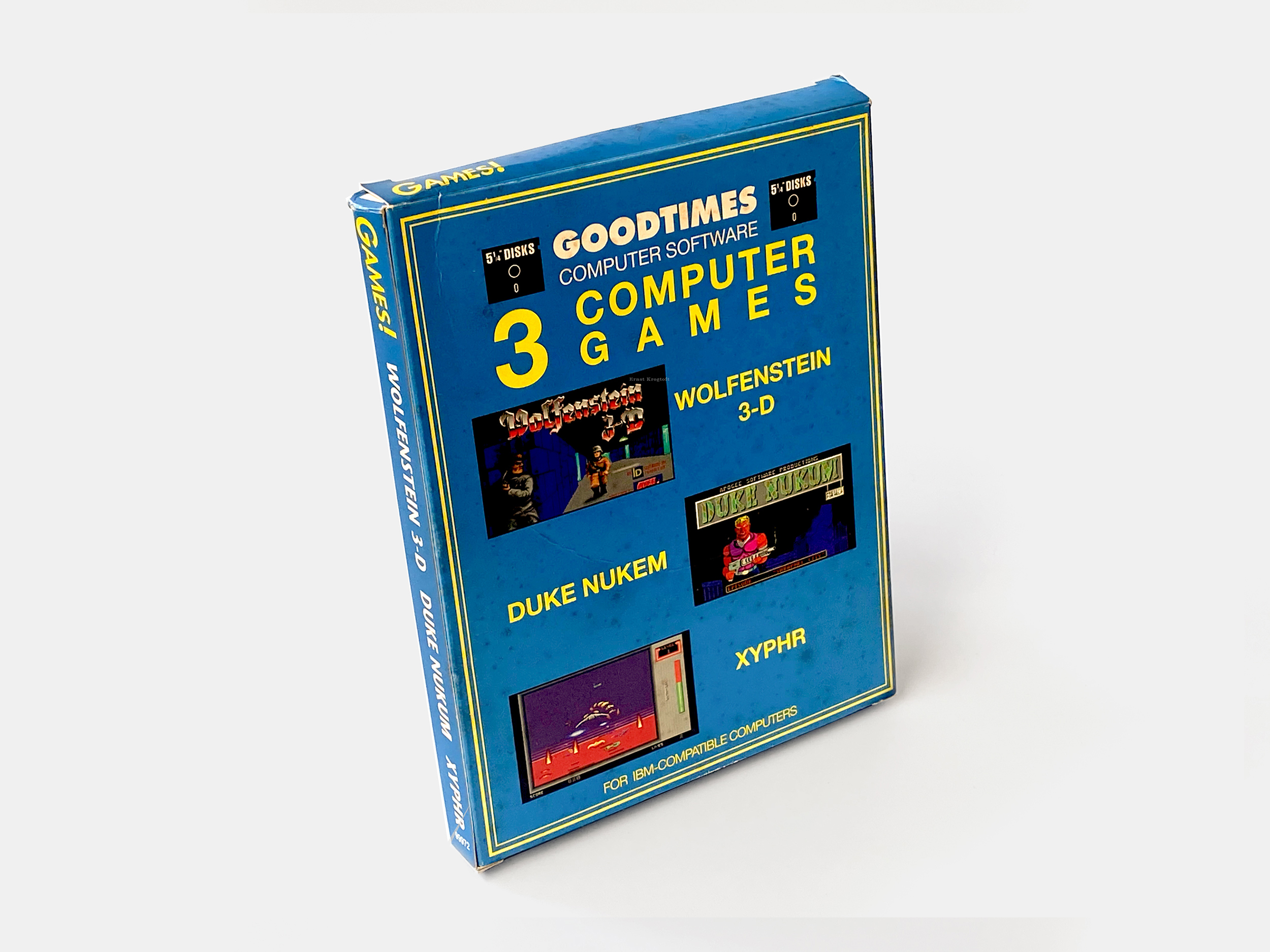


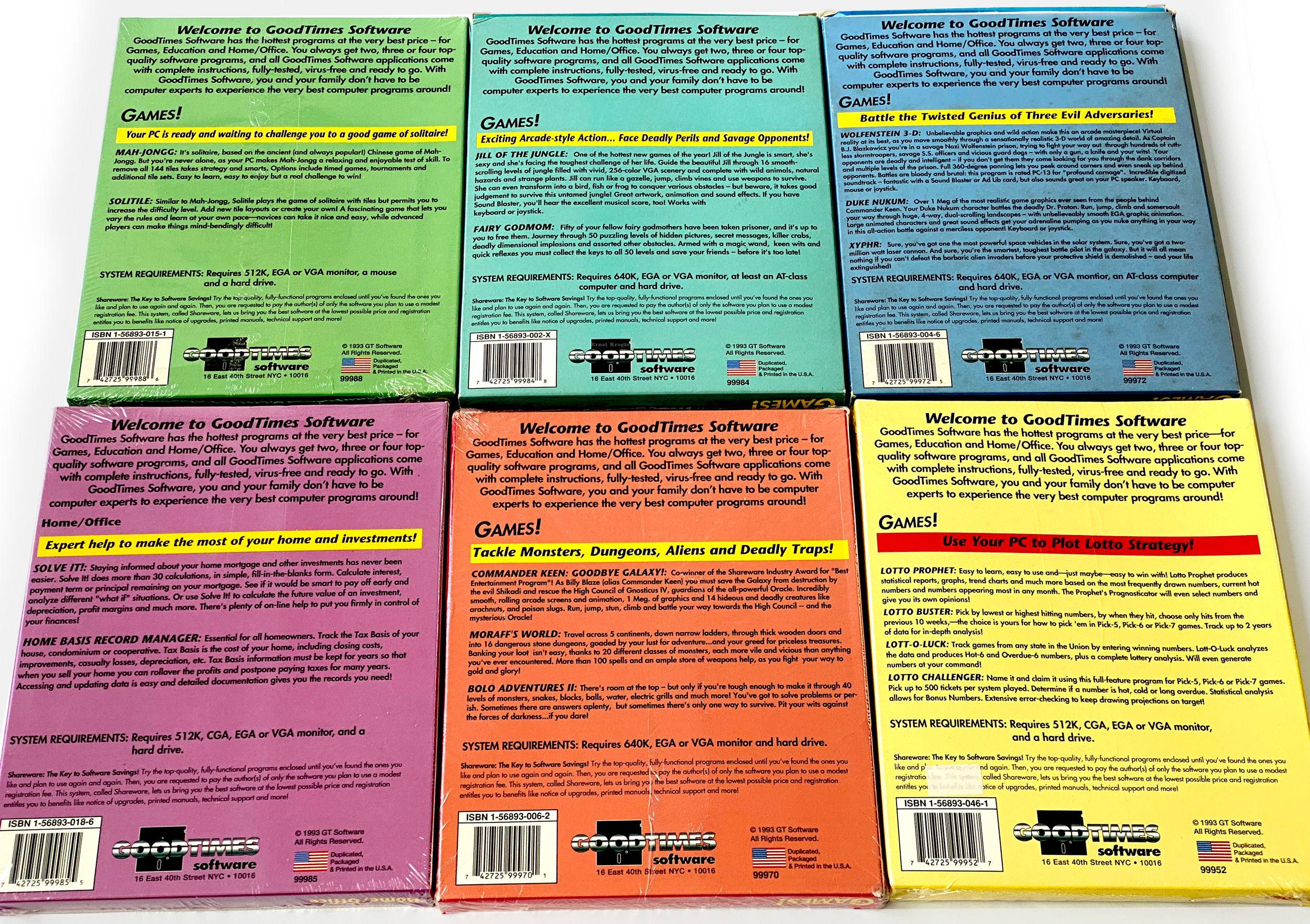
Sources: Wikipedia, Coffecup, jiforme,

